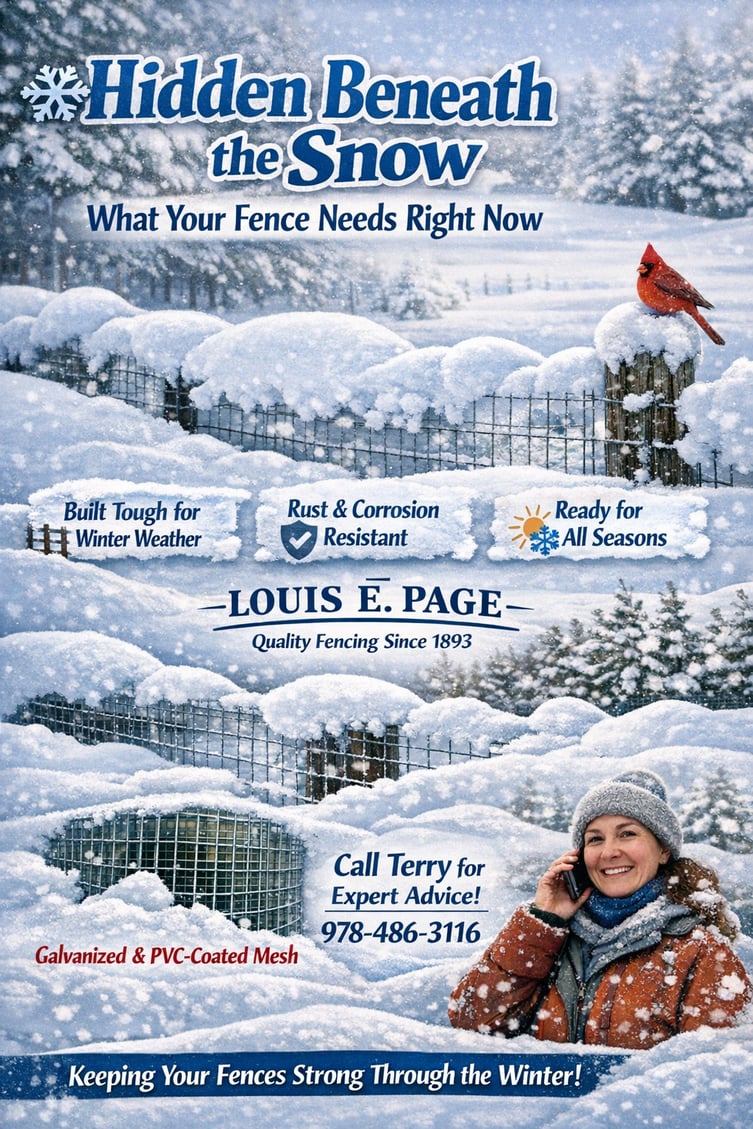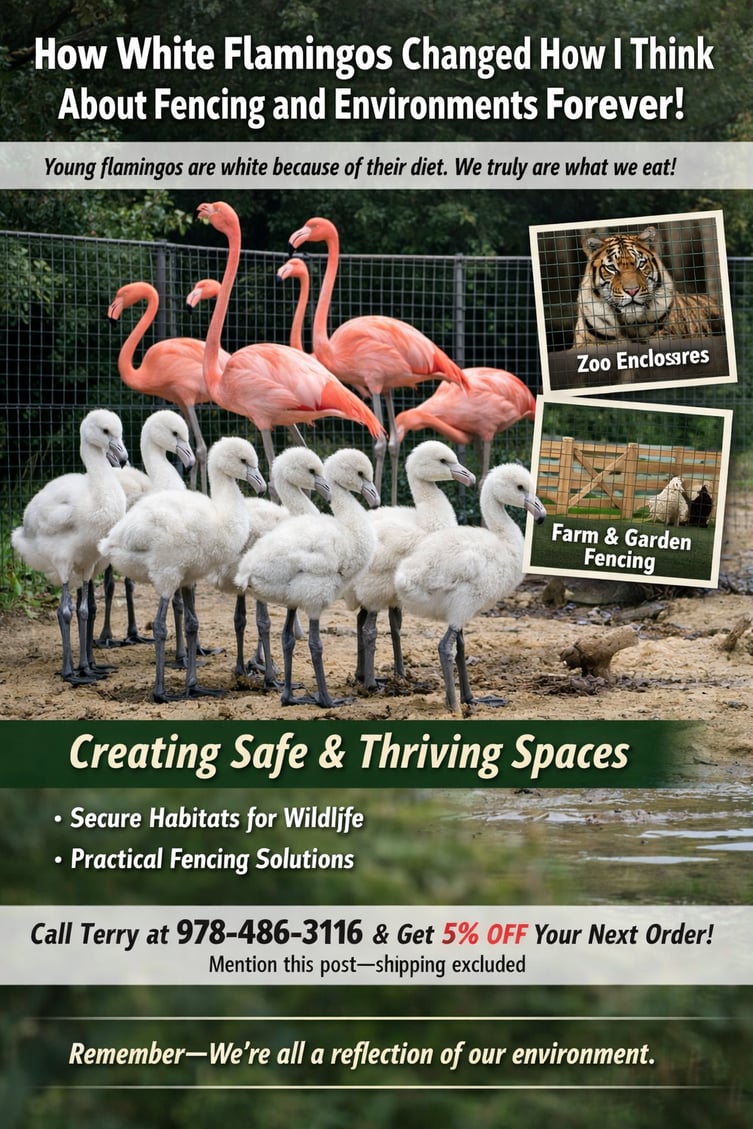🐄 Why Chase Cows When You Can Build a Fence?
I know we talked about this yesterday, but I got a deeper dive into what actually happened with the cows, and I thought it was so funny that I wanted to share it with you. (Though I sort of doubt that Daniel would tell me it was funny—but he does have a great sense of humor, and he was laughing as he told me the story!)
The Great Cow Escape
Picture this: A freshly fallen snow, a peaceful farm morning, and then…
“Daddy, the cows aren’t in the pasture.” “They’re probably in the shed,” he says confidently. But the six-year-old insists, “No, I looked. They’re not there.”
An hour later, he discovers she was right—the cows were gone. With the snow as his guide, he tracks their trail: down to the pond, into the woods, three miles into the unknown.
Meanwhile, a call comes in from a neighbor a mile and a half away: “Your cows are at our bird feeders!”
Thankfully, this retired dairy farmer lured them with birdseed. But here’s the kicker: these cows weren’t halter-trained. How do you lead cows a mile and a half home without a halter?
With a tin bowl of grain and sheer determination, Daniel managed to guide them back. But not without a few detours, a dirt road escape, and a helpful truck to stop their runaway adventure.
The Lesson: A Sturdy Fence Saves the Day
Here’s the thing—chasing cows for three hours in the snow isn’t exactly anyone’s idea of a good time. That’s why a sturdy, permanent fence is every cow owner’s best friend.
At Louis E. Page, we specialize in durable fencing solutions designed to keep your livestock safe, secure, and right where they should be—so you don’t have to track them down miles away at a bird feeder.
Call Terry, our fencing expert, at 978-486-3116, or visit our website to explore fencing options tailored to your needs.
Because life’s too short to chase cows.
Kind Regards, Debbie Page
CEO, Louis E. Page Inc—Woman-owned business and Family-owned since 1893. (131 years of continuous service through 2 world wars and 2 pandemics!)










